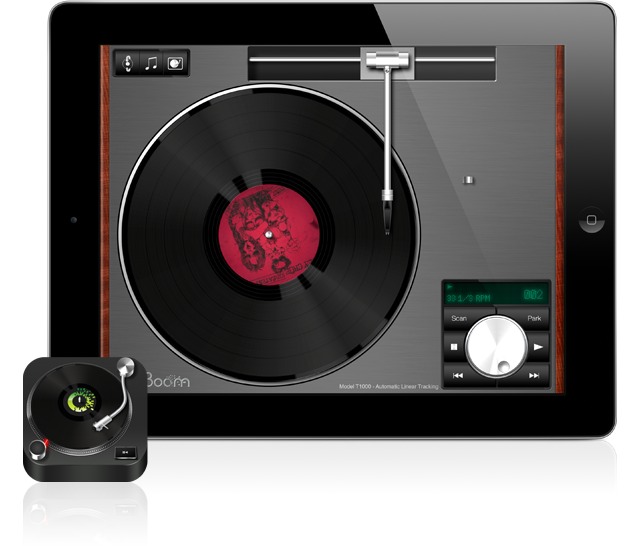

If you’re starting from scratch and want a traditional set-up, you’ also need an amplifier, speaker cables and interconnects, and – unless there’s one built in to either your turntable or amplifier – a phono stage. Because records are different thicknesses and cartridges have slightly different sizes, many tonearms offer a way to adjust this.All the ones we’ve heard sound poor, too, but the point here is that unless you’ve really set your heart on an all-in-one vinyl system, then your turntable budget will also have to stretch to at least a speaker of some sort (and maybe some stands).

Apply too little and the cartridge and arm will bounce around, skipping constantly.
#Good vinyl record player how to
To learn about the difference between these two methods, read “ Outgrown Your Starter Record Player? Here’s How to Shop for a Quality Turntable.” Direct-drive turntables have the motor directly connected to the platter. In a belt-drive turntable (like the one in our photo example), an elastic belt connects the motor to the platter and spins it. Drive method (4): The platter is either belt-driven or direct-driven.The platter should be as dense as possible to reduce rumble and other mechanical noises that will otherwise make it into the music. The platter sits on the base of the turntable (aka the plinth), where it’s rotated by either a direct-drive system or a belt-drive system (see below). Platter (3): This is what the record sits on.There are many types of cartridges, but almost all entry-level turntables use moving-magnet designs. The stylus moves up and down, left and right, producing a waveform for both stereo channels. Phono cartridge (2): The cartridge and its stylus are what physically play the record.Carbon fiber and other composites are light and stiff, whereas cheaper metals like aluminum are light but have much more resonance. You want a tonearm that’s light and rigid so that it doesn’t resonate-that resonance will make it into the music. Tonearm (1): The tonearm holds the phono cartridge as it moves across the record.

#Good vinyl record player Bluetooth
Some turntables and record players have Bluetooth transmitters to stream your vinyl collection to a receiver, speaker, or pair of headphones. Bluetooth and other connections: Most all-in-one record players include a Bluetooth receiver, and many include analog audio inputs to connect other audio sources.Speakers: For the all-in-one record players, we focused on models that have built-in speakers, rather than those that come with a separate set of stereo speakers.Phono preamp: Since so many audio receivers come with a built-in phono preamp, we didn’t consider it a mandatory inclusion in every turntable we tested, though we made sure to include at least one pick that had a phono preamp built in.Ease of use: We valued the inclusion of features that make a turntable easier to use, such as direct speed switches, auto-stop functionality, a cue lever to raise and lower the tonearm, and simple tracking-force adjustment dials.Drive method: We tested both belt-drive and direct-drive turntables for this guide.We did not put a price cap on all-in-one record players, but most of them cost less than $300. Price: We looked at dedicated turntables priced around $600 or less, since our focus is on products with the greatest quality-to-cost ratio.


 0 kommentar(er)
0 kommentar(er)
